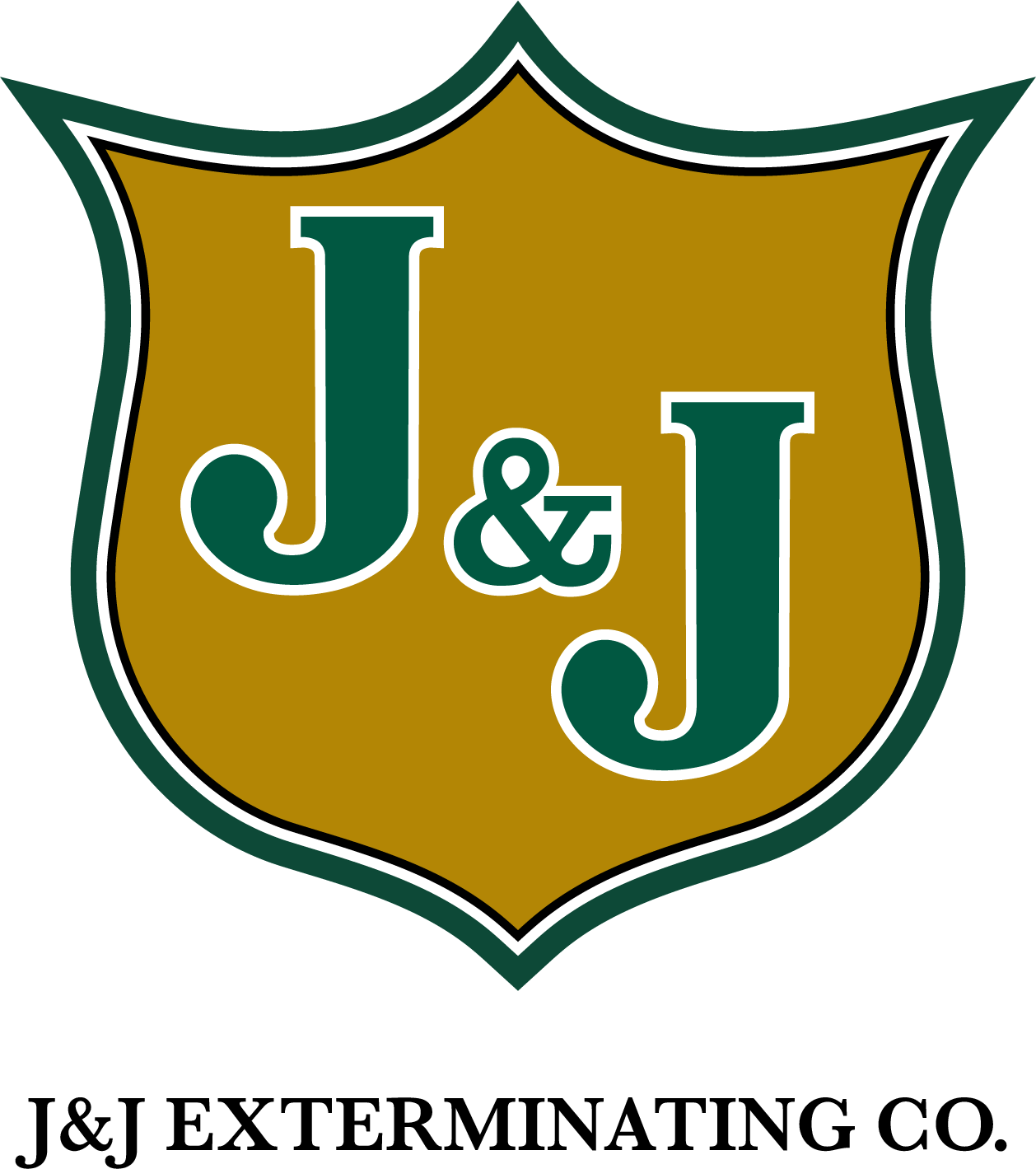Termites are well known insect pests of structural wood, but few people are aware that the vast majority of termite species are not in the habit of feeding on woodwork. Around 3,000 termite species have been documented worldwide, and the vast majority of these species inhabit tropical regions where dense vegetation, frequent rainfall, humid air, and warm temperatures allow the insects to thrive. In fact, numerous scientific studies have shown that termites may be the primary decomposers of dead plant material in tropical regions.
Termites are ecologically essential components of rainforest ecosystems, as their feeding habits break down large pieces of plant debris, like fallen branches, logs, stumps, dead roots and sticks. Without termites, rainforest soil would lose its arability, and the world would quickly become uninhabitable to humans and most other animals. This is why the continents of South America and Africa alone are home to well over half of all documented termite species, while the temperate US is home to only 50 termite species. Despite the relatively low number of termite species in the US, billions of dollars in termite damage is inflicted to homes and buildings in the subtropical southeastern US annually, and Louisiana is one of the most affected states.
Just like tropical termite species, most of the termite species that infest structures in Louisiana require an abundance of moisture and year round warmth in order to thrive. Surprisingly, most termite pest species in Louisiana would not be able to survive as far north as the midwestern states. Louisiana homeowners should venture into their crawl spaces, attics, and other indoor areas in order to measure relative humidity levels, as doing so will help to prevent costly termite infestations.
The most common and destructive termite pest species throughout Louisiana is the Formosan subterranean termite, and they can inflict structural wood damage in environments where the relative humidity is as low as 55 percent. However, one thorough study showed that Formosan subterranean termites only feed on structural wood located in areas where the relative humidity of ambient air exceeds 70 percent and temperatures are between 77 and 85 degrees. However, 90 percent relative humidity and a constant temperature of 82 degrees provides Formosan subterranean termites with optimal feeding conditions.
Have you ever inspected you ever measured the relative humidity in your home for the purpose of termite control?
Tags: Formosan Subterranean Termites, Formosan Termites, Termite Control, Termite Inspection, Termites



